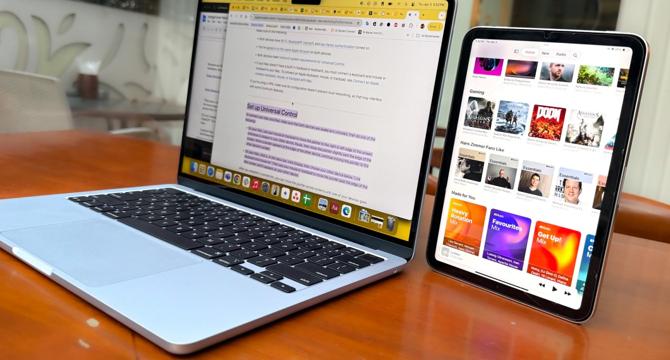Digitaltrends
2w
245

Image Credit: Digitaltrends
iPad is the best secondary screen I’ve used with a MacBook
- Using an iPad as a secondary screen with a MacBook is highly convenient and solves common external monitor issues like cable clutter and port availability.
- The seamless integration within the Apple ecosystem allows for effortless connection between a Mac and an iPad without the need for complex setups.
- The versatility of using an iPad as a secondary screen enhances workflow by allowing for easy app switching and multitasking, offering additional screen real estate.
- The iPad's OS flexibility, especially with features like Sidecar and Universal Control, further enhances the user experience by providing input capabilities between devices.
- Despite limitations in iPadOS, using an iPad as a secondary monitor for a Mac proves to be more beneficial than using it solely as a standalone tablet.
- The ability to utilize mobile apps on the iPad for certain tasks, combined with fluid interaction between devices, enhances productivity and usability.
- While some scaling and rotation issues persist, the iPad's utility as a secondary screen outweighs its limitations, especially for those heavily engaged in the Apple ecosystem.
- The synergy between a Mac and an iPad as a secondary screen provides a seamless and efficient workflow, addressing the needs of professionals working across multiple apps and platforms.
- Overall, the use of an iPad as a secondary screen offers a practical solution for enhancing productivity on a MacBook, showcasing the benefits of cross-device compatibility.
- The integration of an iPad as a secondary screen adds value to the overall work setup, offering enhanced multitasking capabilities and convenience for different types of tasks.
Read Full Article
14 Likes
For uninterrupted reading, download the app